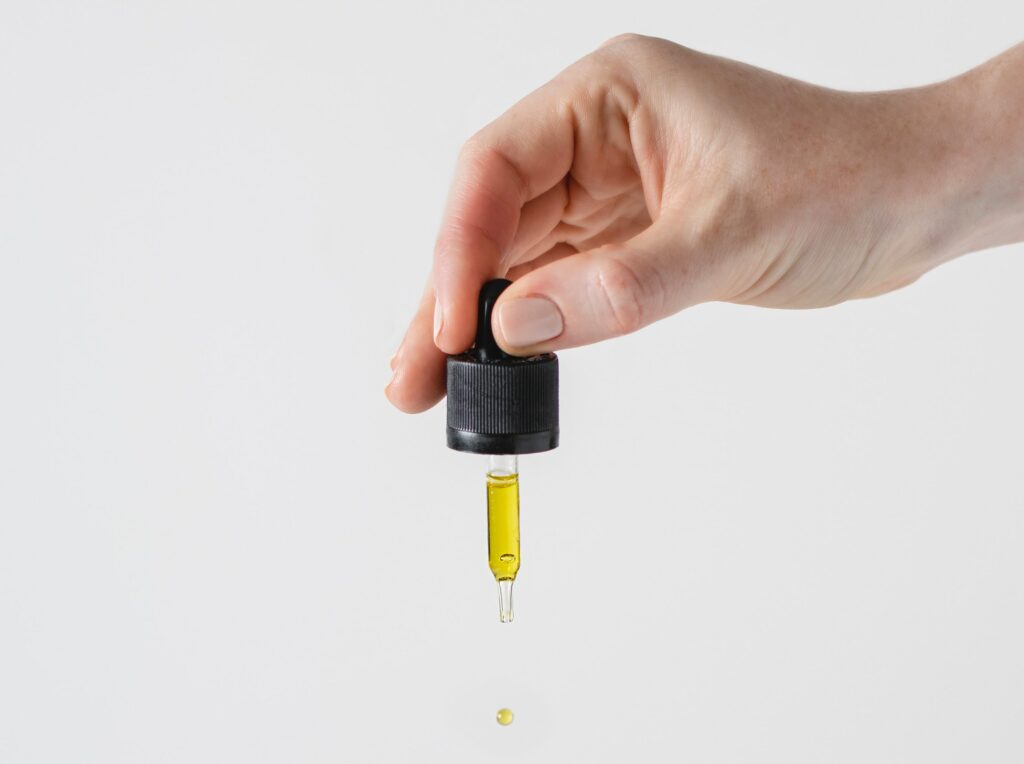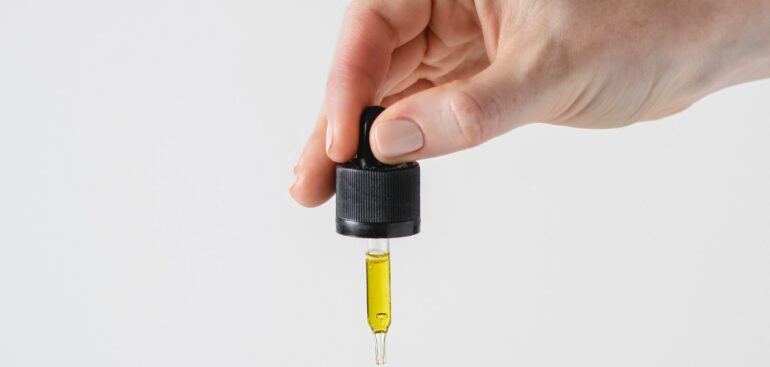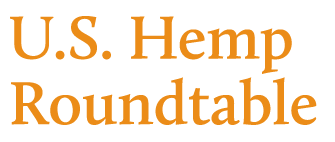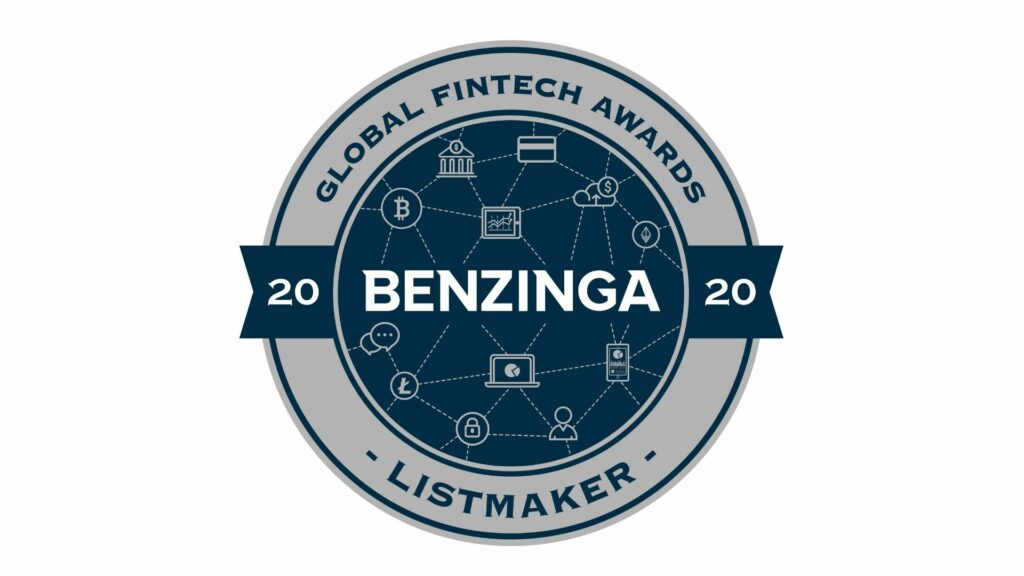Latest
The Basics of Microdosing
PanXchange Blog
Introduction
Microdosing has become a common phrase throughout the COVID-19 pandemic. While so many continue to work from home, some have chosen to take advantage of the situation to experiment; however, it’s important to distinguish between the different types of the end goal effects microdosing can have depending on whether you are using THC or CBD. *The Content is not intended to substitute professional medical advice, diagnosis, or treatment. Always seek your physician’s advice or other qualified health providers with any questions regarding a medical condition.
What is Microdosing?
Microdosing is precisely how it sounds. Rather than consuming a large amount of a product at once, one splits up their dosage into smaller, more consistent amounts. The end goal is to figure out your ‘psychoactive threshold,’ to do so, one must be very intuned with their body, take detailed notes, and the easiest way to measure microdosing is by using tinctures.
First off, one must decide what their overall outcome is with microdosing. Is it pain, nausea, anxiety, stress, etc.? CBDOilUsers recommends taking notes on how you feel, whether it be pain or anxiety before ingesting any products. The Ohio Marijuana Card website then suggested you begin with “1 mg 1-5 times per day of either THC, CBD or THC+CBD,” especially if new to cannabis. However, others who have experimented with cannabis may start higher. Specifically, the “low dose” range is anything lower than 10mg, but typically between 1-5mg of THC. After you take your first dosage, wait an hour, and then check-in with how your body is feeling. One continues this process until they reach the point where adding more dosages does not generate any increased effect.

THC vs. CBD Microdosing
Often, microdosing with THC has been suggested for medical marijuana patients who want THC benefits without the side effects. For example, a cancer patient who is experiencing nausea and loss of appetite. In 2020, Syqe Medical “demonstrated for the first time that THC doses measured in micrograms relieve pain without significant side effects.”
On the other hand, CBD has no psychoactive components like THC, so what are the benefits of microdosing? Many individuals that use CBD microdosing are looking to maintain the body’s homeostatic balance, therefore, to feel more regulated with less stress and anxiety. As the Daily CBD Mag explained, instead of taking one large CBD dose before going to bed, some have found that microdosing throughout the day has allowed them to regain a calmed balance that leads them to have a good night’s sleep. Therefore, microdosing with CBD has the same concept as taking a multivitamin. In contrast, microdosing with THC has a larger premise of gaining the effects of THC without the unwanted psychoactive side effects.
What does this mean for the hemp industry?
In the end, a little bit of cannabinoids can go along way, especially when many are experimenting with microdosing while working from home and figuring out the highest effect with the lowest amount of dosage. If you’re in the hemp industry, don’t be left in the dark, and learn more about the hemp industry’s future through PanXchanges’ Second Annual Supply and Demand Report. In 2019, PanXchange was the first to issue cannabinoid (CBD) market demand estimates by volume of hemp instead of an addressable market value based on retail consumer product prices.









